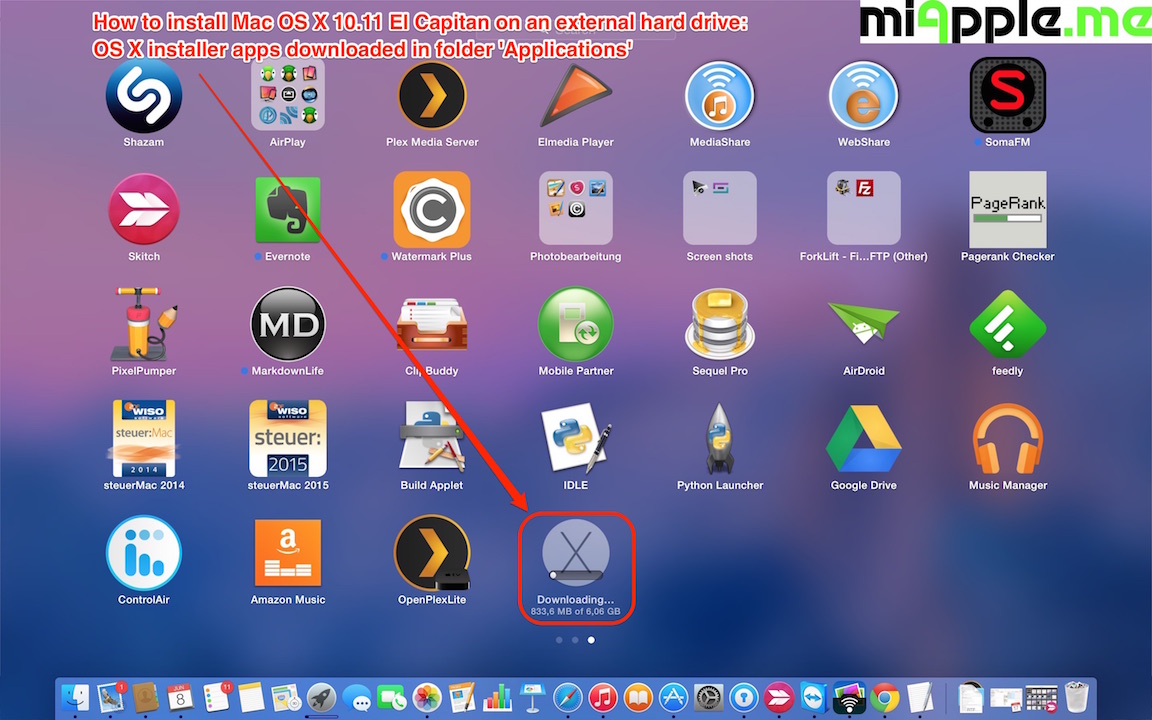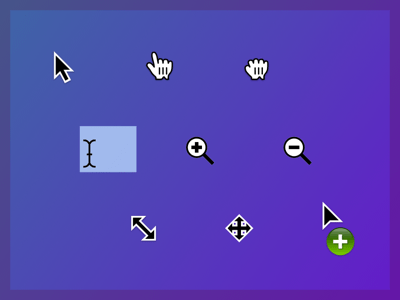
Speaking of the toolbar, the Safari URL bar now incorporates Spotlight search into its operational parameters, letting you search for weather, third-party app data, and more. Creating one involves simply dragging a tab to the far left of the tabs bar it will then live in your window until you drag it away from its left alignment.

The biggest interface change for Safari is in Pinned Sites: These tabs live permanently in your toolbar, signified by small icons in the left corner of the screen. First off, your Notes are now all synced via iCloud, where you can view them on, any other Macs you own, or your iOS devices.Īpple's web browser is one of the few OS X programs that gets updated often outside of major OS X updates, so its new El Capitan features are few-but still much-needed.

NotesĪ redesigned Notes app in iOS 9 meant that a redesigned version for the Mac couldn't be far behind-and lo, with OS X El Capitan, the Mac's Notes app gets a major upgrade. While I've used Spotlight in the past primarily as an app launcher, with its expanded support it's easy to do a lot more with it in OS X El Capitan. You can also search for stocks, weather, sports scores and schedules, web videos, and maps, in addition to documents and files on your hard drive. Type "what's the weather in cupertino," or "el cap documents I worked on last week," and Spotlight will intelligently process what you're asking for, returning you the most relevant search results. (This is built into Mail and Finder searches, as well, which also run using Spotlight's underlying search engine.) In OS X Yosemite last year, we saw Spotlight move from its long-storied spot in the OS X the toolbar to a locked floating window in El Capitan, that window can be moved and resized anywhere on the screen, and you can do lots, lots more with it.Īs in iOS 9, Apple has used Siri's natural language processing as the backbone of Spotlight, allowing users for the first time to query the search service in sentences and phrases. Apple's reinvented search infrastructure for OS X premiered in April 2005, and throughout the years let users search for files, dictionary definitions, apps, and even on Wikipedia and the web. This year is Spotlight's tenth anniversary on the Mac. (I will note that I said "windows" here, not apps-you can have multiple instances of Safari, for example, each paired with a different app.) Spotlight and search
IPHOTO FOR MAC OS X EL CAPITAN WINDOWS
You can create full-screen apps and Split View desktops by clicking (or clicking and holding) on the green maximize button in a window's title bar, but I vastly prefer dragging and dropping in Mission Control: You can move a window up to the Spaces bar to make it full-screen, drag it atop an already-full-screen app to create a Split View, or drag apps out of the toolbar to return them to the Desktop.Īs Rene noted in his review, there's no way to cycle through apps in Split Screen mode: The two app windows you've picked are the two you're going to live with in that Desktop until you create a new Split Screen interface.

When you create a Split View desktop, OS X sticks two apps side-by-side with a black pixel border between them that border is draggable, allowing you to resize the apps on the fly, depending on which you want more screen real estate for. Or, even better: Drop them atop another full-screen app to create Split View.
IPHOTO FOR MAC OS X EL CAPITAN FULL
In addition, the Spaces Bar has been shrunk, only displaying Desktop and window names by default-revealing your full desktop windows on mouse-over.ĭrag-and-drop support for apps is much improved, letting you not only create full-screen apps by throwing them up in Mission Control's Spaces bar, but also return them to window size by dragging them back to the desktop of your choice. No longer is your desktop blurred out with windows thrown helter-skelter: Instead, windows smartly travel as they resize, displaying in their approximate locations while minimizing them enough to view it all.


 0 kommentar(er)
0 kommentar(er)
